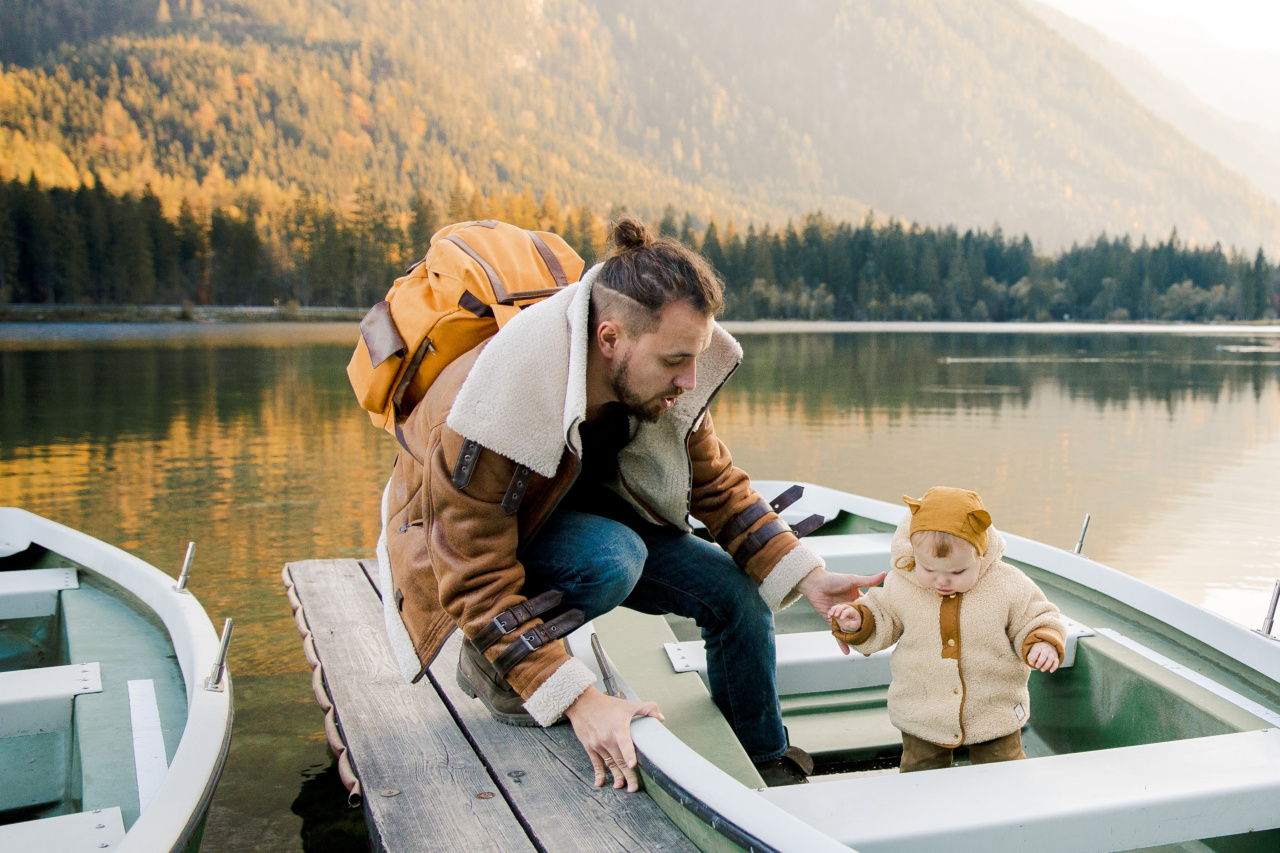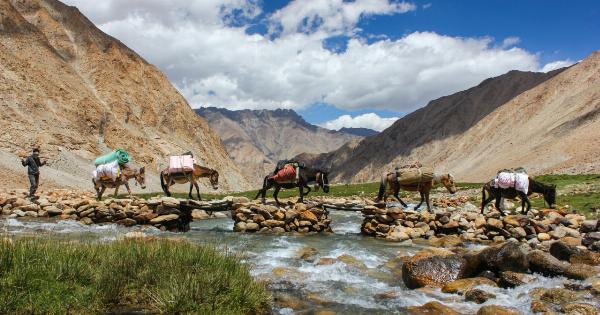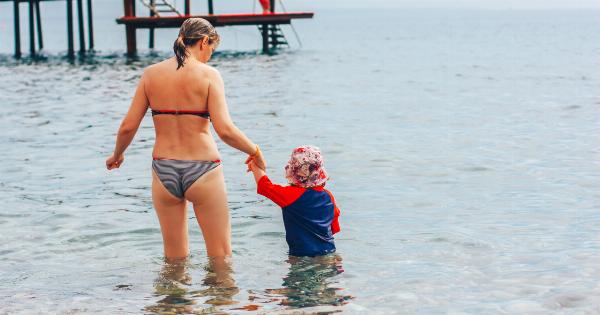When it comes to protecting yourself from the elements, nothing does the job quite like the right gear.
Whether you’re exploring the great outdoors or simply trying to stay warm on a chilly day, having the right clothing and equipment can make all the difference. In this article, we will explore some of the best ways to stay protected and warm throughout any adventure.
Layer up for maximum warmth
One of the most effective ways to stay warm in any weather is by layering your clothing. By wearing multiple layers, you create pockets of insulating air that help to trap heat and keep you warm.
Start with a moisture-wicking base layer, followed by an insulating mid-layer, and finish with a waterproof and windproof outer layer. This layering system provides both warmth and protection from the elements.
Invest in quality outerwear
When it comes to staying protected from the elements, investing in high-quality outerwear is essential. Look for jackets and pants that are made from waterproof and breathable materials, as these will keep you dry and comfortable in wet weather.
Additionally, choose outerwear with adjustable features such as hoods, cuffs, and hems, as these allow you to customize the fit to seal out cold drafts.
Protect your extremities
Don’t forget about your hands, feet, and head when it comes to staying warm. Cold extremities can quickly make the rest of your body feel cold too.
Invest in a good pair of insulated gloves or mittens, waterproof boots with insulation, and a hat or beanie that covers your ears. These items will help to keep your extremities protected and warm, even in the coldest conditions.
Choose the right footwear
Having the right footwear is crucial for staying protected and warm throughout any outdoor adventure. If you’ll be hiking or trekking in wet conditions, opt for waterproof boots with a sturdy sole for good traction.
In colder temperatures, consider insulated boots or add removable insulating insoles to your existing footwear. Proper footwear not only keeps your feet warm but also protects them from rocks, roots, and other hazards.
Utilize heat packs
For additional warmth, consider using heat packs or hand warmers. These small, portable packs generate heat when exposed to air and can be easily slipped into pockets, gloves, or boots.
Heat packs are particularly useful for activities where you’ll be stationary for extended periods, such as camping or watching outdoor sports events. They provide instant warmth and can make a chilly experience much more comfortable.
Stay dry with waterproof gear
Staying dry is essential for staying warm, especially in wet weather. Invest in waterproof gear such as rain jackets, pants, and gaiters to protect yourself from rain, snow, and wet conditions.
Look for gear that is not only waterproof but also breathable, as this allows moisture from perspiration to escape, preventing you from becoming clammy and chilled.
Keep your core warm
Your core body temperature plays a significant role in how warm you feel overall. Keep your core warm by wearing insulating layers and ensuring that your midsection is properly covered.
Opt for long-sleeved shirts, sweaters, or fleeces that provide insulation without being too bulky. Turtleneck tops can also be useful for keeping your neck and upper chest protected from cold drafts.
Don’t neglect your neck and face
When the temperatures drop, it’s important not to neglect your neck and face. Exposed skin can quickly lose heat and become uncomfortable.
Consider wearing a neck gaiter, balaclava, or scarf to keep your neck and face protected from biting winds and cold temperatures. These accessories can be easily adjusted to cover as much or as little as needed, providing both warmth and versatility.
Stay hydrated and fueled
Proper hydration and nutrition are essential for maintaining your body temperature and overall well-being.
Cold weather conditions can increase your energy expenditure, so it’s important to stay hydrated and fueled throughout your outdoor activities. Drink plenty of fluids and eat regular meals and snacks that provide a good balance of carbohydrates, protein, and fats. Warm beverages like tea or hot chocolate can also help to warm you up from the inside.
Be prepared for emergencies
Even with all the right gear and preparation, emergencies can still happen.
It’s important to be prepared for unexpected situations by carrying essential items such as a first aid kit, a whistle, a headlamp or flashlight, extra food and water, a map and compass or GPS device, and a fully charged cell phone. Knowing how to use these items and having a plan in case of emergencies can help keep you protected and warm in critical situations.




























